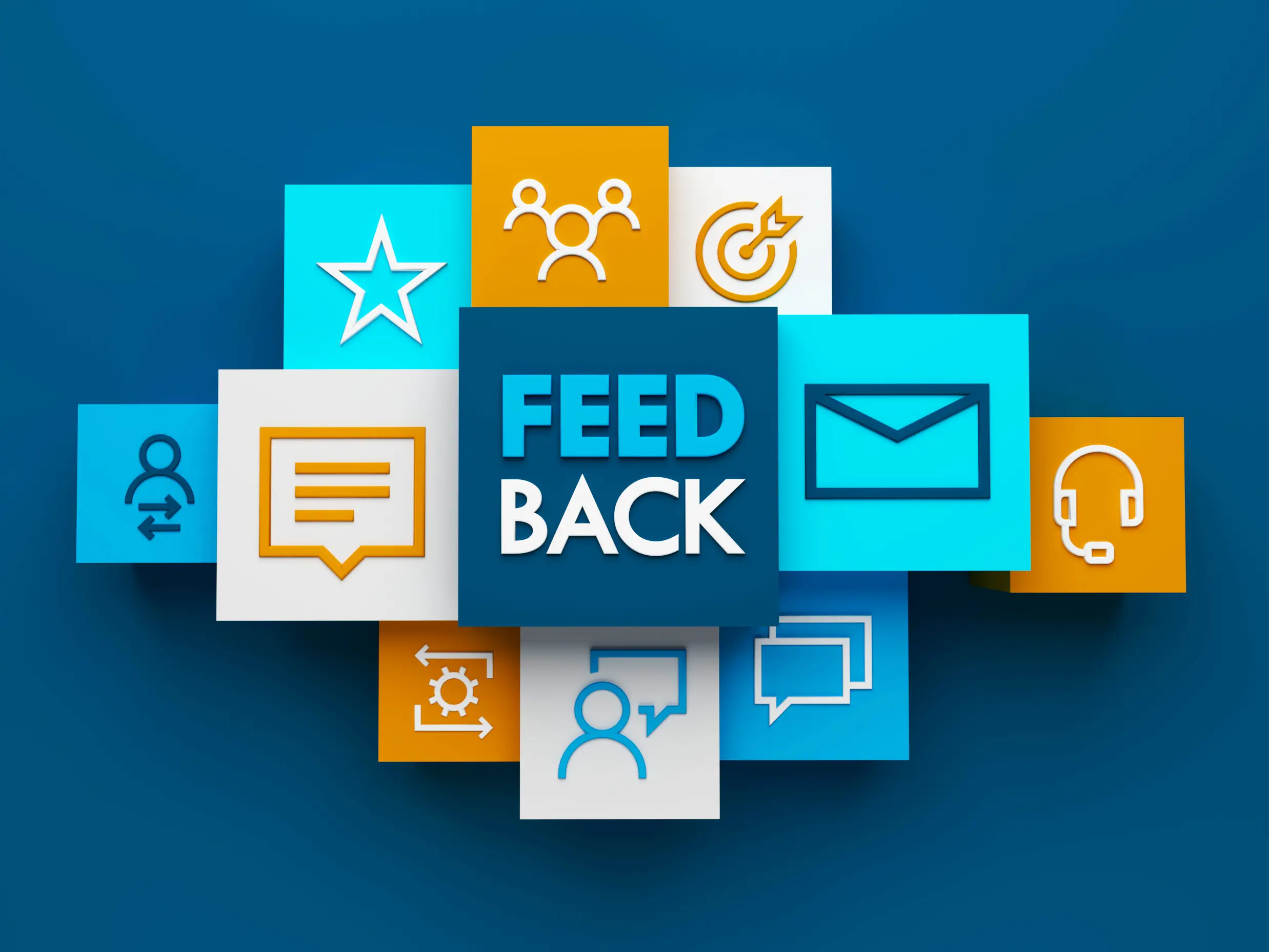Customer satisfaction surveys aren’t just feedback collection tools—they’re your early warning system for revenue risk.
The difference between surveys that drive action and those that collect digital dust comes down to execution. Poor survey practices lead to low response rates, biased data, and missed opportunities to prevent churn before it happens.
Why Customer Satisfaction Survey Best Practices Matter More Than Ever
Putting customer satisfaction survey best practices to work is a smart move for any business focused on growth.
With reliable feedback flowing in, you can easily spot opportunities to improve the experience for your users. Happy customers stick around longer, leading to better loyalty and higher retention.
15 Customer Satisfaction Survey Best Practices That Drive Action
Survey Design and Structure Best Practices
- Use Progress Bars for Longer Surveys
Visual completion trackers increase completion rates because they tap into psychological reward anticipation. Your respondents want to know how much time they’re committing upfront. - Pre-Notify Users Before Launching Surveys
Brief in-app alerts like “We’d value 2 minutes of feedback” respect user focus and boost response quality. This approach works especially well for B2B users who prefer embedded, contextual surveys. - Test Your Surveys with Small Groups First
Companies like Jira run surveys through three iterations with 5-10 users to identify phrasing ambiguities. This prevents confusion that could skew your data later. - Localize Surveys for Global Audiences
Translating surveys into users’ native languages dramatically improves accuracy. Japanese respondents, for example, provide more nuanced feedback when surveyed in Japanese rather than English. - Mix Question Types Strategically
Success comes from designing customer satisfaction surveys that drive results by combining different question formats. Use binary questions for high-volume validation, multiple-choice for trend identification, and open-ended questions for context and root-cause understanding.
Timing and Deployment Best Practices
- Deploy Surveys at Key Customer Journey Moments
Collecting feedback shortly after service interactions captures fresh impressions while minimizing recall bias. Airlines excel at this—surveying after booking, check-in, and flight completion. - Use Both Active and Passive Survey Channels
Active surveys (email, in-app prompts) generate targeted responses, while passive feedback widgets build trust through voluntary participation. The combination gives you both volume and quality. - Diversify Your Survey Channels
Different demographics prefer different channels. Gen Z responds 3x more via social media polls than email, while B2B users prefer embedded in-app surveys. Consider embedding surveys in emails for higher response rates to reach customers where they’re already engaged. - Time Surveys Based on User Behavior, Not Calendar Dates
Milestone-based sampling—targeting users after onboarding completion or 30-day usage—captures more relevant satisfaction data than arbitrary monthly surveys.
Response Rate and Quality Optimization
- Offer Incentives Only for In-Depth Surveys
Monetary rewards increase detailed feedback volume but can attract “professional respondents.” Reserve incentives for surveys with 5+ questions, and consider non-monetary rewards like beta feature access. - Personalize Survey Invitations
Slack increased response rates by embedding manager signatures in NPS surveys (“Hi, I’m Maya from Slack. How likely are you to recommend us?”). Personal touches matter more than generic corporate messaging. - Keep Short Surveys Really Short
For quick pulse checks, stick to 1-2 questions maximum. Focus on optimizing survey length and timing to achieve higher completion rates without sacrificing data quality.
Data Integration and Action Best Practices
- Segment Responses for Targeted Follow-Up
High satisfaction (4-5): Leverage advocates for testimonials and case studies. Neutral (3): Probe deeper with follow-up questions to prevent satisfaction decay. Low (1-2): Trigger real-time support alerts—one SaaS company reduced churn by auto-routing detractors to live chat within 10 minutes. - Connect Survey Data to Your Existing Workflows
The most effective survey programs integrate feedback directly into CRM systems, support tickets, and customer success workflows. Implementing survey data mapping best practices eliminates data silos and enables faster response to customer issues. - Create Closed-Loop Feedback Systems
Don’t just collect feedback—close the loop by following up with respondents about actions taken. This builds trust and increases future survey participation rates.
How to Choose the Right Survey Type for Your Goals
CSAT vs NPS vs CES – When to Use Each
Customer Satisfaction (CSAT) measures immediate sentiment about specific interactions. Understanding the fundamentals of Net Promoter Score helps gauge long-term loyalty and advocacy potential. Customer Effort Score (CES) quantifies how easy or difficult experiences are for customers.
Use CSAT for transactional feedback, NPS for relationship health, and CES for process optimization. The most effective programs use all three strategically rather than relying on a single metric.
Matching Survey Types to Customer Journey Stages
New customers need onboarding-focused surveys that measure ease of getting started. Established customers benefit from feature-specific satisfaction surveys and periodic relationship health checks.
Consider your customer’s context when choosing survey timing and questions. Success often depends on crafting effective Net Promoter Score questions that resonate with your specific audience and business model.
Why Native Salesforce Integration Changes Everything
Traditional survey tools create data silos that slow down response times and complicate customer experience management. When feedback lives outside your CRM, it’s harder to connect survey responses to customer behavior and business outcomes.
Teams end up juggling multiple platforms, manually importing data, and losing the context that makes feedback actionable.
How SurveyVista Solves Integration Challenges
SurveyVista’s native Salesforce integration means your feedback data flows instantly into existing workflows, triggers, and automation without API headaches or sync delays.
Your customer satisfaction data stays in your Salesforce org where it belongs, protected by the same security standards you already trust.
Frequently Asked Questions
How often should I send customer satisfaction surveys?
Focus on timing surveys around key customer journey moments rather than calendar dates. Post-purchase, after support interactions, and following feature adoption work better than monthly surveys. Quality timing beats frequency every time.
What’s the ideal length for a customer satisfaction survey?
Keep pulse surveys to 1-2 questions maximum for quick feedback. For detailed insights, limit surveys to 5-7 questions. Use progress bars for longer surveys to boost completion rates by showing respondents their progress.
Should I offer incentives for survey participation?
Reserve incentives for longer, detailed surveys only. Consider non-monetary rewards like beta feature access that appeal to engaged users. Avoid incentives for short surveys as they can attract “professional respondents” who game the system.
How do I prevent survey fatigue among my customers?
Create a customer communication calendar to coordinate all touchpoints across departments. Avoid over-surveying by establishing clear frequency rules. Most importantly, close the loop by showing customers how their feedback creates real improvements.
What’s the difference between CSAT, NPS, and CES surveys?
CSAT measures immediate satisfaction with specific interactions. NPS gauges long-term loyalty and advocacy potential. CES quantifies how easy experiences are for customers. Use all three strategically for complete customer experience insights.
More Like This

Rajesh Unadkat 
Founder and CEO
Rajesh is the visionary leader at the helm of SurveyVista. With a profound vision for the transformative potential of survey solutions, he founded the company in 2020. Rajesh's unwavering commitment to harnessing the power of data-driven insights has led to SurveyVista's rapid evolution as an industry leader.
Connect with Rajesh on LinkedIn to stay updated on the latest insights into the world of survey solutions for customer and employee experience management.



